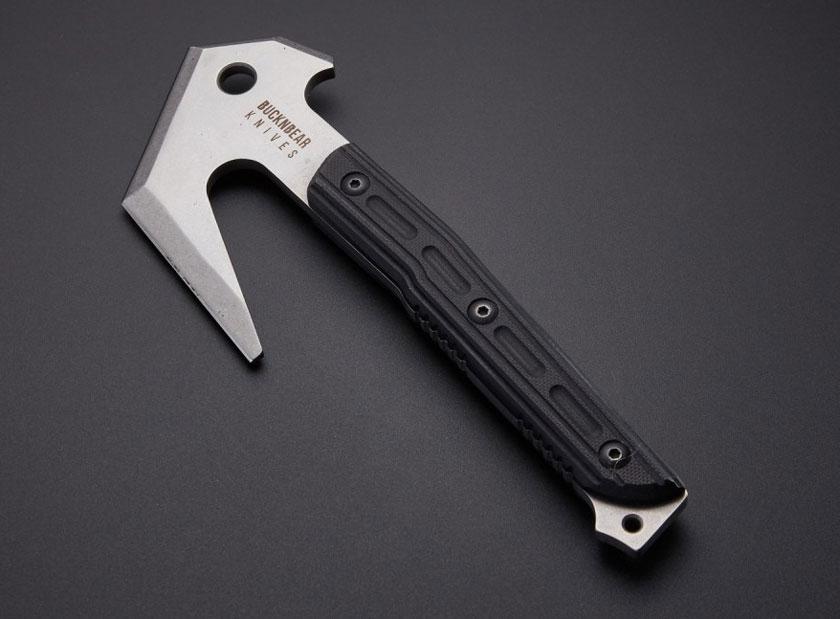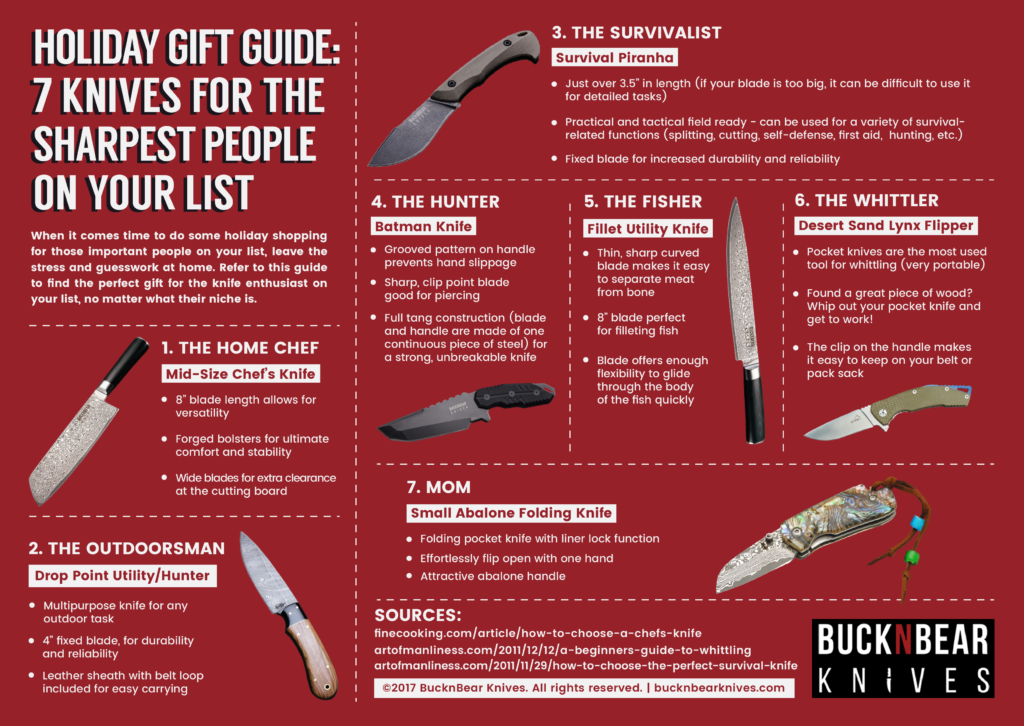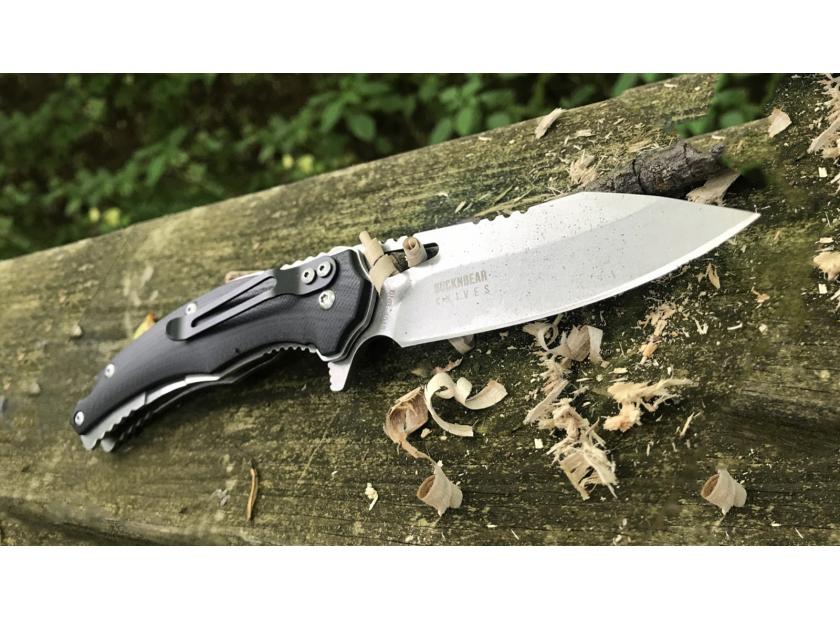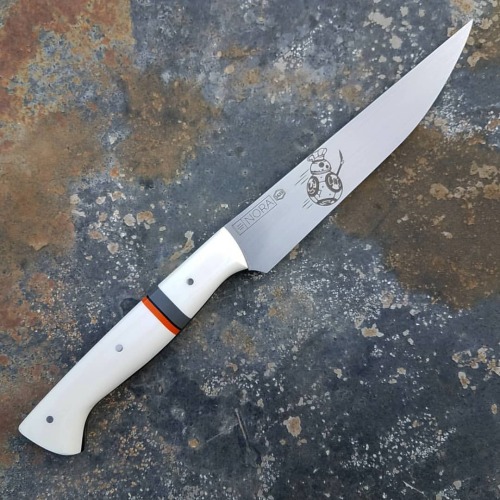Posted inKnife brands
What to Look for in High-Quality Knives
The type of metal on a knife is a key factor when purchasing a knife. This is because metals have different characteristics of sharpening and holding an edge.
When determining the type of knife to buy, it is important to know how the knife will be used. There are many different types of blade steel on knives because they are not a one-size-fits-all tool. The demands for a hunting knife vary from the demands for a damascus tracking knife.
Four common metals used for knife blades are Stainless Steel, High Carbon Steel, Damascus, and Titanium. A more comprehensive overview of these materials can be found below.
Stainless Steel
The typical stainless steel blade contains at least 12% chromium which helps it resist rust and corrosion. Stainless steel blades are easy to sharpen, but their edge tends to wear down faster. Knives made with stainless steel require less work to maintain appearances.
High Carbon Steel
Knives made with carbon have a high edge retention, which means less time sharpening your knives. This also means the sharpness of a high carbon steel knife cannot be matched. But, these knives do not contain any chromium so they do not resist rust very well.
Damascus
A Damascus blade contains a combination of metals. By fusing multiple metals, you create a more durable blade than if you had used a single pure one. If multiple bands of metal are welded together into different patterns, the blades are impossible to shatter.
Titanium
Titanium knives are typically lighter due to their lower density and stronger. They are also corrosion resistant. These blades do not have a high edge retention, so they do not keep an edge for repeated uses.
Now that you know more about these metals, you need to asses them. Before you can have a high-quality knife, you need to have high quality metal. These are five things to consider when grading the metal on your knife.
Hardness
Hardness refers to the knife’s ability to keep its shape without being damaged while being used under a variety of conditions. The hardness of a knife is typically measured using a special scale that determines how hard a piece of steel is. This measurement is important because it helps to determine the hardness, flexibility, and toughness of a knife.
Toughness
Your browser does not support the video tag.
Toughness is measured by the ability of the knife's steel to bend without breaking and resist chips or cracks when being used heavily.
Wear Resistance
Your browser does not support the video tag.
Wear resistance is the steel's ability to avoid damage by adhesion and abrasion. Wear resistance and the steel’s hardness go hand in hand.
Corrosion Resistance
Your browser does not support the video tag.
Corrosion resistance is simple, when exposed to salt, moisture, and humidity does, the steel show signs of rust?
Edge Retention
Your browser does not support the video tag.
How often will you need to sharpen your knife? A high-quality knife with a good edge retention will require less sharpening. This will depend on the quality of steel and the level and frequency of use.
Just as the name suggests, high-quality knives are made of high-quality materials that can withstand use for many years without the need for a replacement. Properly caring for your knives and using them only for their intended use can help maintain the quality and performance of your knives.
Have questions about how to care for your knife? Send us your questions on Twitter at @bucknbearknives.
Don’t forget, #LiveWithAnEdge.









